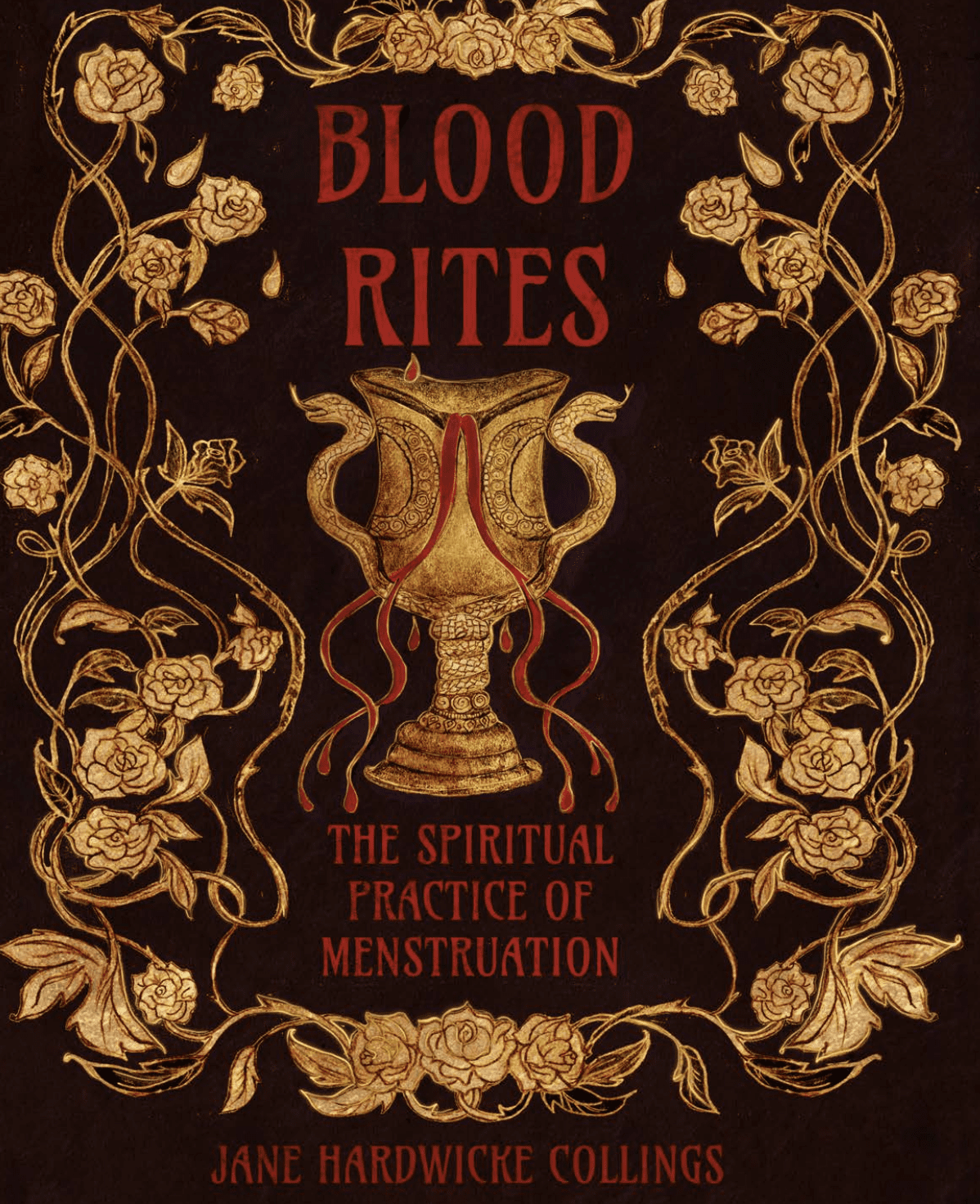PATHOLOGISING THE MENSTRUAL CYCLE OPPRESSES WOMEN
I see, hear and feel the toppling of the patriarchy, as the oppression of women is beginning to be heard and validated, and I say beginning, because there are sisters everywhere who will not be touched by this and will stay well and truly oppressed.
And with a heavy heart I acknowledge all the beliefs and actions that underpin the oppression of women that are well cemented in our culture and are actually invisible to the unknowing eye. These include the taboo that surrounds menstruation and the fear and subsequent control that surrounds childbirth and menopause. These embedded attitudes oppress and control women.
I finally got myself a copy of the DSM-5, the ‘Diagnostic and Statistical Manual of Mental Disorders, Fifth addition’ (DSM-5). I’d heard that the menstrual cycle had been included in this diagnostic instruction tool used by medical practitioners and therapists. I present this to you now as a look in at the mainstream medi- cal perspective of the menstrual cycle and just ‘how bad it is’.
From the DSM-5 (page 171) under the heading of Mental Disorder:
Premenstrual Dysphoric Disorder
Diagnostic Criteria
- In the majority of menstrual cycles, at least five symptoms must be present in the final week before the on- set of menses (bleeding), start to improve within a few days after the onset of menses, and become minimal or absent in the week
- One (or more) of the following symptoms must be present:
- Marked affective lability (e.g. mood swings: feeling suddenly sad or tearful, or increased sensitivity to rejection)
- Marked irritability or anger or increased interpersonal
- Marked depressed mood, feelings of hopelessness, or self-depreciating
- Marked anxiety, tension, and or feelings of being keyed up or on
- One (or more) of the following symptoms must additionally be present to reach a total of five symptoms when combined with the symptoms from Criterion B
- Decreased interest in usual activities (e.g. work, school, friends, hobbies)
- Subjective difficulty in
- Lethargy, easy fatigability, or marked lack of
- Marked change in appetite; overeating; or specific food
- Hypersomnia or
- A sense of being overwhelmed or out of
- Physical symptoms such as breast tenderness or swelling, joint or muscle pain, a sensation of ‘bloating’ or weight
Note: The symptoms in Criteria A-C must have been met for most menstrual cycles that occurred in the pre- ceding year.
- The symptoms are associated with clinically significant distress or interference with work, school, usual social activities or relationships with others (e.g. Avoidance of social activities; decreased productivity and efficiency at work, school, or home)
- The disturbance is not merely an exacerbation of the symptoms of another disorder, such as major depressive disorder, panic disorder, persistent depressive disorder (dysthymia), or a personality disorder (although it may co-occur with any of these disorders).
- Criterion A should be confirmed by prospective daily rating during at least two symptomatic (Note: the diagnosis maybe made provisionally prior to this confirmation.)
- The symptoms are not attributable to the physiological effects of substance (e.g. a drug of abuse, a medication, other treatment) or another medical condition (e.g. Hyperthyroidism)
Well, that just about includes everybody!
The thing about these symptoms is that they are not ‘normal’ but they are common, and this is a reflection of many things including the mindset that sits behind menstruation and the lack of awareness we have as a culture of the fact that the menstrual cycle is like the ‘canary in the coal mine’.
The menstrual cycle is one of the places where unhealthy and toxic attitudes, beliefs, eating, lifestyle, rela- tionships and environmental pollution show up. In essence, it is where all the disharmony of a women’s life will be expressed. Some women know this and actively change their toxic lifestyles to heal their menstrual cycle.
“The menstrual cycle is the barometer of our wellbeing.”
~ Alexandra Pope
The fact that most women don’t know that and that most women ignore their cycle and are ashamed of their menstrual blood the fact that so many women are on the pill (no, that’s not a period when you
bleed on the pill), all contributes to the oppression of women.
What greater way could there be to oppress women than to pathologise their menstrual cycle? As Sharon Moloney says:
Menstrual shame was identified as a core patriarchal organising principle that inculcates and perpetuates male dominance and female subordination.
Engendering the perception of female physiology — and thus womanhood — as inherently flawed, menstrual shame was a key factor that predisposed women to approach birth feeling fearful, disempowered and vulnerable to intervention. [i]
I believe that what underpins many ‘mental health disorders’, including eating disorders, is menstrual shame.
And a really gross addition to this story is that Eli Lilly, the pharmaceutical company that brought us Prozac (an antidepressant prescribed to many people the world over), renamed and repackaged Prozac as Sarafem, the drug for doctors to prescribe for Premenstrual Dysphoric Disorder.
This all happened at the time when the company’s patent on Prozac was about to expire, making it available to other manufacturers to rename and sell. Re-introducing the same drug with a different name and a differ- ent problem to fix was worth millions of dollars to the drug company.
“Eli Lilly repackaged Prozac in pink and purple and rechristened it the feminine sounding Sarafem. Ads for the drug featured women looking crazed when unable to extricate one grocery cart from a row, or unaccountably enraged at an apparently gentle husband.” [ii]
Outrageous!
So, what are we going to do about this?
We need to ‘wake up’ to the effects of the dominant mainstream’s underlying beliefs and attitudes toward women and their bodies and their natural physiological processes.
And ‘wake up’ to how we are maintaining and reinforcing them and stop that. There is so much reclaiming to do.
Reclaiming feminine power through reconnection with the Women’s Mysteries… Reclaiming birth from the ridiculous iron-fisted grasp of the medical system…
Reclaiming menstruation from her tomb of the taboo of our ancestors…
Reclaiming menopause and ageing from the drug companies and the anti-ageist perspective… Reclaiming death…
Reclaiming WITCH… Reclaiming CUNT…
And both of those together – CUNT WITCH – which basically means a woman in her full female power!!
Let’s spread the word! #cuntwitch
This is the usual story: ‘we need to be the change we want to see in the world’ and take responsibility for ourselves. And we’re strong enough to do that…
The (R)Evolution continues …
[i] “How Menstrual Shame Affects Birth” by Sharon Moloney in Women and Birth (2010) 23, p. 153-159.
[ii] “Pathologizing Your Period” by Paula J. Caplan in Ms Magazine, Summer 2008.
Recent Posts
What can we do?
January 25, 2024 What can we do? At this full moon, when everything feels and is more intense when I look at the state of [...]
My Vision for Menopause
DOWNLOAD PDF VERSION MY VISION FOR MENOPAUSE I would like to offer my perspective and my vision to the conversation that’s happening about [...]
Birth Trauma Week – Presentation and Perspective
Birth Trauma Week Panel - July 18th 2023 My contribution to this panel is to put childbirth and birth trauma in context, with a big [...]
Introducing Sagescence – Understanding the becoming of a wise woman – Reframing perimenopause and menopause
DOWNLOAD PDF VERSION DOWNLOAD FRENCH PDF VERSION Introducing Sagescence Understanding the becoming of a wise woman. Reframing perimenopause and menopause. We know the [...]
The 2020 Mothers and Babies Report: an inconvenient truth.
The 2020 Mothers and Babies Report: an inconvenient truth. Trigger warning for those who have had an induction of labour, an augmentation of labour (labour [...]
Protected: Hygieia Health Birth Houses
This content is password protected. To view it please enter your password below: Password:
Visit the Shop


















